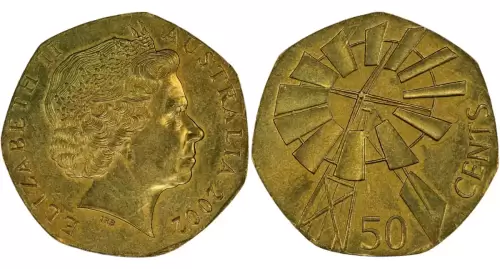 |
|
 |
|
 |
|
 |
|
 |
|
 |
|
 |
|
 |
|
 |
|
 |
|
 |
|
 |
|
 |
|
 |
|
 |
|
Cryptocurrency News Articles
Stablecoins Are the Perfect Business: Customers Give You Money, You Issue Them a Token Representing $1
May 21, 2025 at 05:58 pm
Stablecoins are about as perfect a business as one can get. Customers give you money, you issue them a token representing $1

Stablecoins are about as perfect a business as one can get.
Customers give you money, you issue them a token that is meant to be worth $1, and then you can invest that stockpile of money in U.S. treasuries and other short-term holdings.
You don’t have to share any of the profits with customers. In fact, according to the text of the GENIUS Act, which achieved cloture in the U.S. Senate Monday night, it would be illegal to do so. What’s more, people hardly ever ask for their money back, so their bankroll keeps going up.
The two largest stablecoins, Tether (USDT), with a market cap of $151.3 billion, and USD Coin (USDC), at $60.26 billion, account for over 87% of the $238.7 billion stablecoin market. With the exceptions of 2022, which saw a series of collapses in crypto, and the 2023 banking crisis, which specifically hurt USDC, their supplies have consistently moved up and to the right.
What types of profits are we talking about? Last year, Tether made $13 billion. That is more than double BlackRock, the world’s largest asset manager, which brought in $6.3 billion on a GAAP basis, and over 5 times Coinbase’s profits of $2.58 billion. Circle’s profits last year were considerably smaller, $156 million, but the company is currently in the process of going public via an IPO that will net it billions, while being the target of a bidding war between Coinbase and Ripple that will likely value it at $5 billion or more.
With crypto now gaining mainstream acceptance, these numbers are only likely to grow. Recently, the U.S. Treasury’s Borrowing Advisory Committee estimated that as much as $6.6 trillion of the M1 money supply could be diverted to stablecoins.
These companies clearly have profits to spare, and their coffers are likely to swell even higher with the seemingly imminent passage of the GENIUS Act in D.C., which will legitimize stablecoins for the first time in history. But customers are going to be prevented from partaking in any of this growth — a concession demanded by Democrats. Why would the party typically anti-big business and pro-consumers not insist on customers partaking in the spoils?
Community Bank Blowback
Lawmakers could be reluctant to allow yield-bearing stablecoins for a number of reasons. For starters, such stablecoins would likely be securities according to the Howey Test, a judicial precedent used to determine such matters. That would introduce additional regulatory scrutiny, and perhaps recklessness if they engage in riskier lending to maintain current profit levels. That could be seen as dangerous for an industry that has already had a couple of close calls.
The TradFi analogy to this last situation is Net Interest Margin (NIM). Banks make money by borrowing short and lending long. The difference between the two rates is the NIM, or profits for banks. As a simple analogy, the national average savings rate for a bank is 0.42% today. The current average for a fixed 30-year mortgage is 6.89%. In this scenario the difference would be the NIM, and it would be a healthy one.
One could imagine that stablecoin issuers could create a win-win scenario for their clients by offering a yield higher than the 0.42% average and still make a strong profit given that the annual yield of a 30-day Treasury is 4.37%. Plus, they have considerably less overhead than brick-and-mortar banks. They should be able to get by on a smaller NIM than a bank, which, according to the FDIC, dropped 8 basis points for insured institutions to 3.2% from 2023 to 2024.
So why was this Goldilocks scenario outlawed in the GENIUS ACT. Simply put, community banks, which are closely aligned with the Democratic party, did not want the added pressure to their already challenging operating environment. They are afraid of stablecoin issuers sucking their source of demand deposits dry, not only hurting their profitability but also sapping credit from the U.S. financial system when it is needed most dearly. According to the Independent Community Bankers of America, these institutions account for 60% of total small business loans in America.
In a May 16 letter to the Senate, the ICBA wrote, “The prohibition on yield-bearing payment stablecoins is an important provision of the Act. This language should be further strengthened to ensure the intent of the legislation cannot be evaded through affiliate relationships or by offering other incentives. As noted in the TBAC report, yield-bearing stablecoins in particular pose a significant threat to
Disclaimer:info@kdj.com
The information provided is not trading advice. kdj.com does not assume any responsibility for any investments made based on the information provided in this article. Cryptocurrencies are highly volatile and it is highly recommended that you invest with caution after thorough research!
If you believe that the content used on this website infringes your copyright, please contact us immediately (info@kdj.com) and we will delete it promptly.






























































